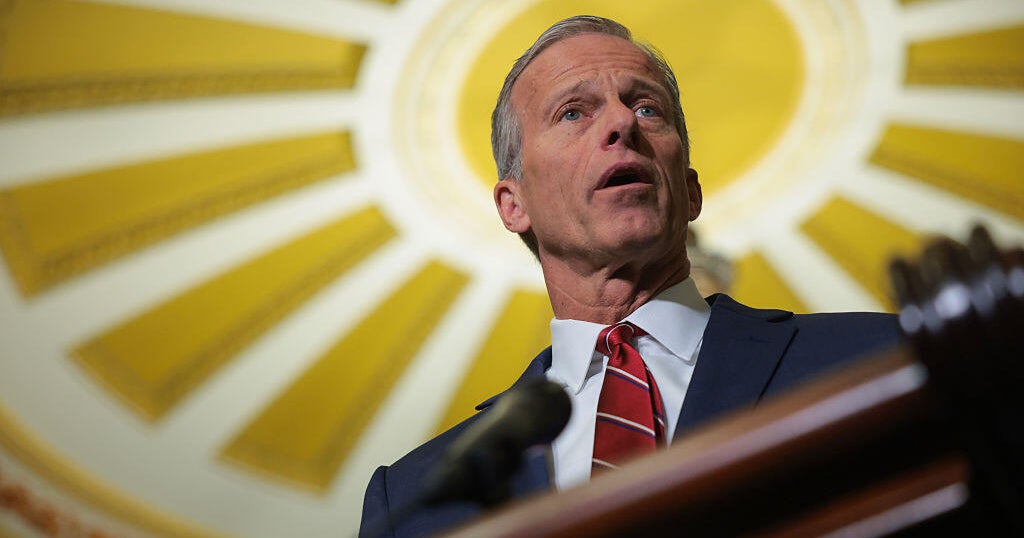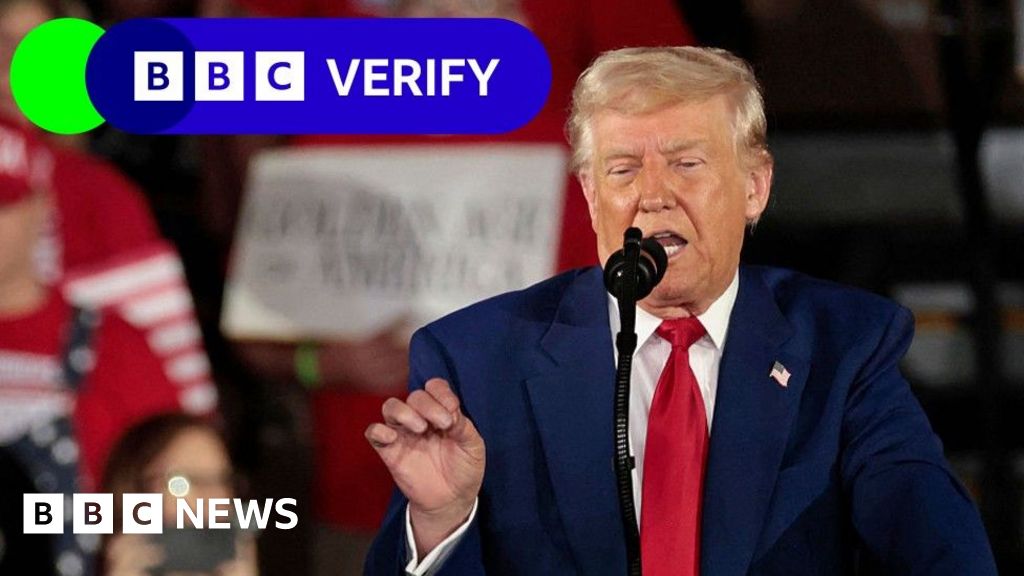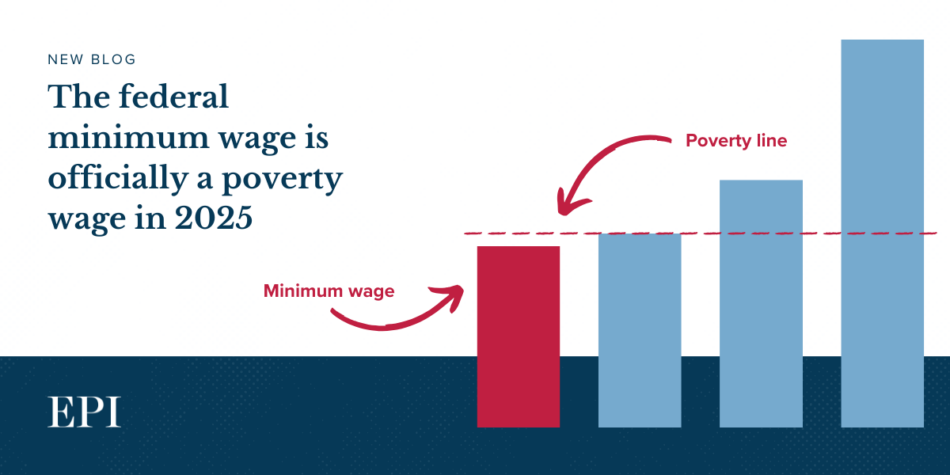Senate Republicans Pass Budget Resolution, Paving the Way for Trump's Economic Agenda

Washington — In a significant move that could further President Trump's ambitious agenda, Senate Republicans adopted a budget resolution on Saturday following an intense all-night voting marathon. This crucial step brings Congress closer to enacting key proposals that the President has been championing.
The newly unveiled 70-page budget blueprint, introduced by Senate Republicans on Wednesday, outlines a detailed approach to implement critical aspects of Trump's policy priorities, which include border security, defense, energy, and tax reforms. Among its most notable features, the resolution seeks to make the tax cuts initiated during Trump's first term permanent, while additionally authorizing $1.5 trillion in new tax cuts. Furthermore, it proposes raising the debt ceiling by an astonishing $5 trillion, a measure that has raised eyebrows and concerns among fiscal conservatives.
This budget resolution successfully navigated a procedural hurdle on Thursday, with only Sen. Rand Paul of Kentucky defecting from the party line. This sets the stage for the resolution's final approval over the weekend after a grueling session often referred to as a “vote-a-rama.” During this marathon voting session, Democrats seized the opportunity to propose numerous amendments, compelling the majority party to cast multiple votes throughout the night on contentious issues such as Medicaid, Social Security, and tariffs. Ultimately, the Senate cleared the resolution with a narrow 51-48 vote, positioning it for consideration in the House as early as next week. Notably, both Sen. Paul and Sen. Susan Collins of Maine were the only Republicans to voice their dissent against the measure.
This budget proposal marks just the initial step in a more complex reconciliation process that allows Congress to bypass the usual 60-vote threshold typically required for legislation to advance in the Senate. By opting for reconciliation, Republicans aim to pass the bill without needing Democratic support. For this strategy to succeed, both chambers of Congress must adopt identical budget resolutions, directing their respective committees to draft proposed spending plans that align with President Trump’s priorities. The entire legislative process is anticipated to unfold over several months, as negotiations and discussions continue.
Sen. John Barrasso, the No. 2 ranking Republican senator, emphasized the importance of this budget plan, asserting that voters tasked Republicans with a significant mission during the November elections. “It fulfills our promises to secure the border, to rebuild our economy, and to restore peace through strength,” Barrasso stated while referencing the bipartisan budget discussions, according to reports from the Associated Press.
In a statement reflecting on the budget resolution's potential impact, Treasury Secretary Scott Bessent remarked that Congress is taking “smart action to strengthen America’s economy and repeal wasteful government spending.” He added, “By advancing this budget resolution, the Senate sends a strong signal to every small business and every working family: President Trump’s economic agenda will provide long-term tax certainty.” With optimism, he expressed eagerness to collaborate with House leadership to complete this essential first step aimed at bolstering the nation’s economic and fiscal foundations.
Despite the resolution's adoption, it is important to note that it emerged from complex negotiations among Republicans, as both the House and Senate initially pursued their individual budget blueprints earlier this year. The eventual compromise reflects a collaborative effort but also highlights ongoing disagreements regarding where and how to implement spending cuts. The Senate resolution has set relatively low minimum spending cut targets for several committees, suggesting a few billion dollars, in contrast to the House’s aim for at least $1.5 trillion in cuts over the next decade. This disparity indicates that while the Senate is expected to identify more substantial cuts than the baseline outlined, the figures are strategically presented to provide flexibility moving forward.
Senate Majority Leader John Thune defended the resolution on Thursday, asserting that it lays the necessary groundwork for “transformational investment” in critical areas such as border security, national defense, and the energy sector. Thune criticized Democrats for what he described as their irrational responses to the proposed tax relief, dismissing their concerns as “hysteria” centered around an accounting tactic known as a “current policy baseline.” He contended that this accounting method is not a novel gimmick, countering that Democratic concerns over fiscal responsibility are somewhat ironic.
In contrast, Senate Minority Leader Chuck Schumer, a Democrat from New York, vehemently opposed the resolution. He articulated his disbelief, stating that Republicans are attempting to present their trillion-dollar tax cuts as free, likening the situation to a deceptive magic trick. “Middle school math students would tell you this is ridiculous,” Schumer quipped, emphasizing the financial implications of the proposed cuts.
The budget framework now transitions to the House, where Speaker Mike Johnson of Louisiana is preparing to bring it to a vote as swiftly as possible, with aspirations for resolution by the impending Memorial Day holiday.
























